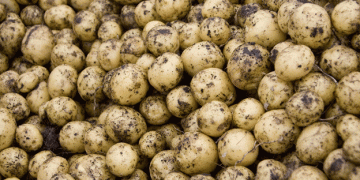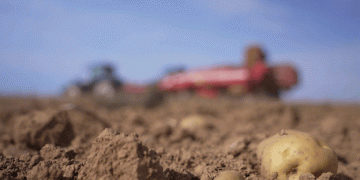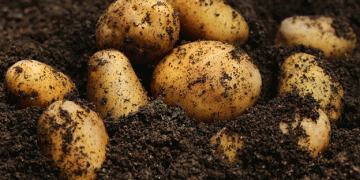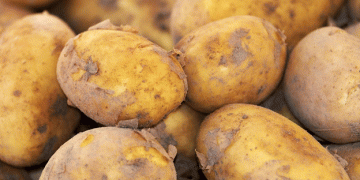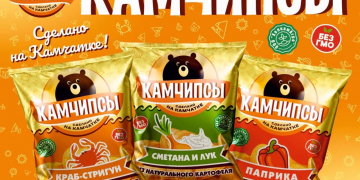Agricultural production in the Komi region of Russia is known to be challenging due to the harsh northern climate. High production costs, limited growing seasons, and unpredictable weather conditions make farming in the area especially difficult. However, in an effort to support local farmers and promote the growth of domestic agricultural products, the regional government has continued to offer subsidies to self-employed farmers, particularly those growing potatoes.
Increased Budget and Subsidy Support
In 2025, the regional government has allocated 1.3 million rubles to support potato farmers. This fund will be used to reimburse self-employed individuals (known as “self-employed” or “samozanyatye”) for their expenses related to growing and selling potatoes. The subsidy is offered at a rate of 10 rubles per kilogram of potato sold, provided that the potatoes were grown in a personal subsidiary farm or field plot. This is an increase from the previous year, when 1.2 million rubles were allocated, although only a third of that amount was utilized.
The Role of Personal Subsidiary Farms in Komi’s Agriculture
Personal subsidiary farms (PSHs) play a vital role in Komi’s agricultural landscape. These small-scale farms primarily serve local consumption needs, but excess produce is sold to generate additional income for farmers. As the government aims to increase the volume of locally produced agricultural products, PSHs are expected to contribute significantly. The self-employed farmers involved in PSHs are eligible for these subsidies, provided they have been engaged in agricultural activity for at least 12 months before applying.
According to the Ministry of Agriculture and Consumer Market of the Komi Republic, this initiative is a part of a broader strategy to increase domestic agricultural production and reduce reliance on imports. These measures are especially important in northern regions where farming costs are higher due to the challenging environment.
Challenges in Potato Production and Market Pricing
The potato sector in Komi has faced several challenges over the past year. In 2024, potato prices surged by 54%, largely due to a shortage in the consumer market. According to the latest statistics, the total potato harvest in Komi dropped significantly from 6.8 thousand tons in 2023 to just 4.5 thousand tons in 2024, further exacerbating supply issues. This reduction in potato production has led to higher prices for consumers, affecting both farmers and residents alike.
The lack of sufficient local potato supply is one of the main reasons behind the price hike. Experts suggest that if the production of potatoes in the region can be stabilized and increased, the market price can be brought down, benefiting both farmers and consumers. The 2025 subsidy program is therefore expected to help mitigate some of the financial burdens on self-employed potato farmers, encouraging them to continue and expand their potato production.
The continued support from the Komi regional government, through the reimbursement of potato production costs, is crucial for the sustainability of local farming. With the challenges posed by northern climates and fluctuating market prices, self-employed farmers in Komi can rely on these subsidies to offset some of the expenses and focus on growing more potatoes to meet local demand. The increase in the subsidy budget for 2025 signals the government’s commitment to strengthening local agriculture and reducing food shortages in the region.
The success of this initiative will depend on the effective distribution of subsidies and continued efforts to support sustainable farming practices. If the potato production in Komi can rebound and stabilize, the entire agricultural sector in the region stands to benefit, ensuring a more secure and prosperous future for self-employed farmers.


